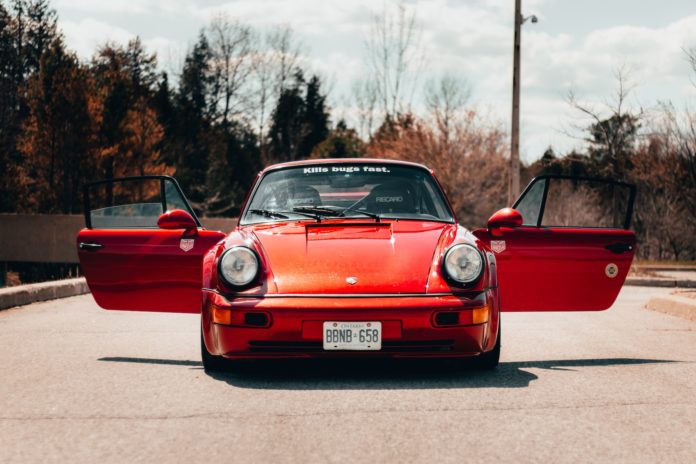Six decades ago, a legend was born. A motoring icon that would transcend time and establish itself as a standard-bearer for style, performance, and enduring appeal. This year, we celebrate the 60th anniversary of the Porsche 911, a car that has defined and redefined what it means to be a sports car since its debut in 1963.
Few other automobiles carry the allure of the Porsche 911. Its unmistakable silhouette – the sleek, sculpted body, the flowing roofline leading into the elegant sweep of the rear – remains a testament to a design philosophy rooted in simplicity, functionality, and a harmony of form and purpose. Porsche conceived the 911 as a perfect blend of aesthetics and aerodynamics, a principle that holds in the design evolution across every seven generations.
From the first model off the production line, the Porsche 911 captivated car enthusiasts worldwide. Its rear-engine layout, a revolutionary concept, contributed to a unique driving experience that coupled raw power with agile handling. It’s not just a car; the 911 is a statement, an exhibition of engineering prowess, and a tangible manifestation of Porsche’s commitment to performance.
Over the past 60 years, 911 has evolved, embracing new technology and innovation while staying true to its core design ethos. It’s a testament to Porsche’s design excellence that the original model’s essential character and distinctive lines are still very much present in the 911 we see today. That seamless blend of past and future, tradition and innovation, is at the heart of Porsche’s enduring appeal.
As we approach this landmark anniversary, it’s staggering to comprehend the number of 911s that have rolled off the production line. By the close of 2021, more than a million Porsche 911s have been built, each a tribute to the ingenuity, craftsmanship, and passion that Porsche pours into every vehicle.
So, as we celebrate the 60th birthday of this remarkable automobile, we’re not just marking the passing of years. We’re celebrating a design icon, a symbol of automotive excellence, and a testament to Porsche’s visionary approach. This isn’t just an anniversary; it’s a milestone in a continuing journey of design brilliance and engineering mastery that shows no sign of slowing down. Happy birthday, 911 – here’s to many more years of driving pleasure and innovation.
Porsche before the 911
Before the arrival of the legendary 911, Porsche was a young but ambitious automotive manufacturer, distinguished by its commitment to engineering excellence and distinct design philosophy. The years leading up to the 911’s debut in 1963 were formative for the German marque, an era marked by innovation, experimentation, and the establishment of the Porsche DNA.
The story of Porsche begins in 1948 with the iconic Porsche 356. The company’s first production car, the 356, was a lightweight, nimble-handling rear-engine rear-wheel-drive 2-door sports car available in hardtop coupe and open configurations. Despite its modest power, the 356 was praised for its excellent handling and design, setting the stage for the sports cars Porsche would later become renowned for.

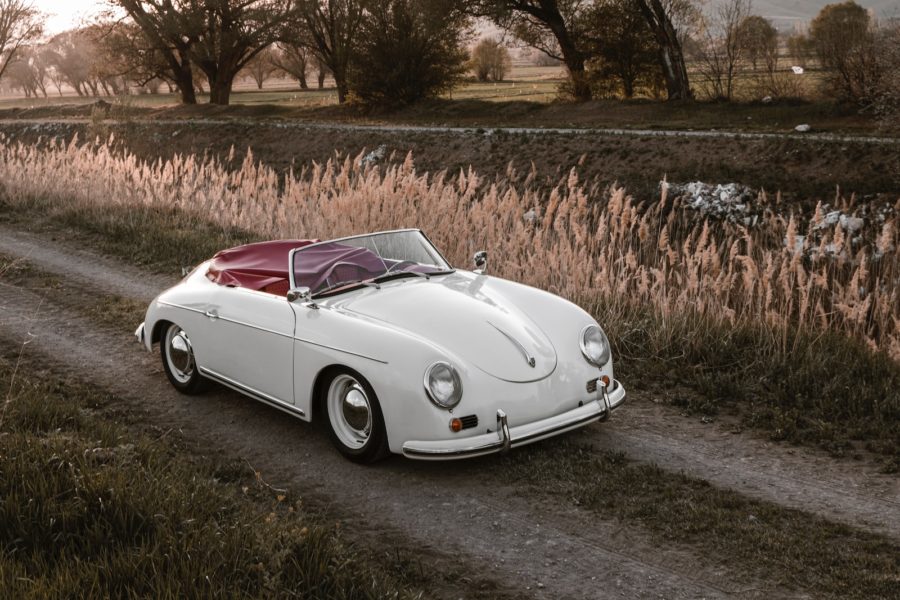
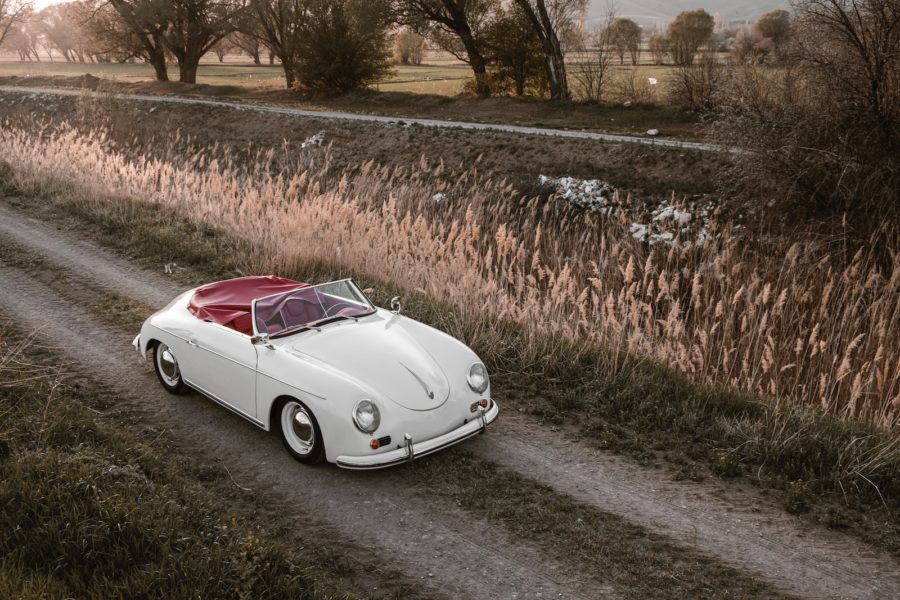
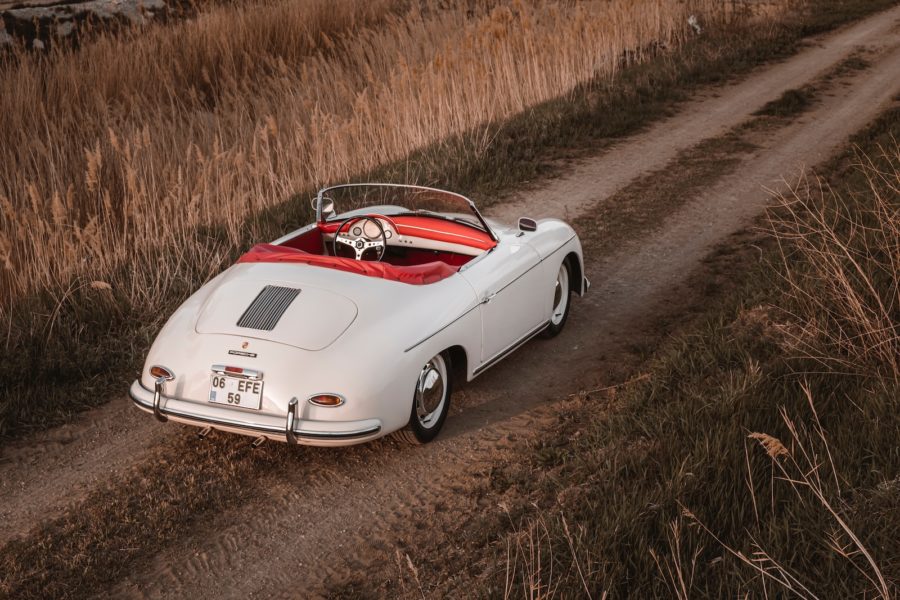

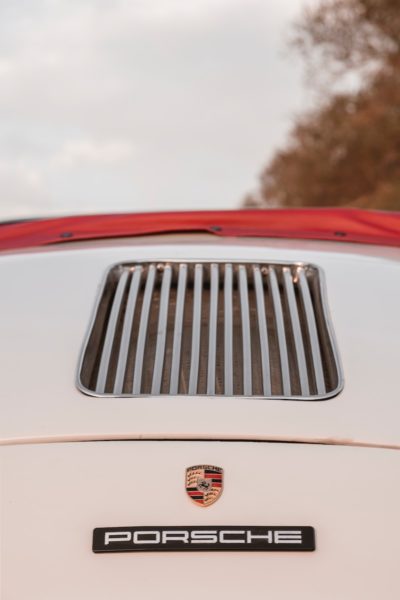
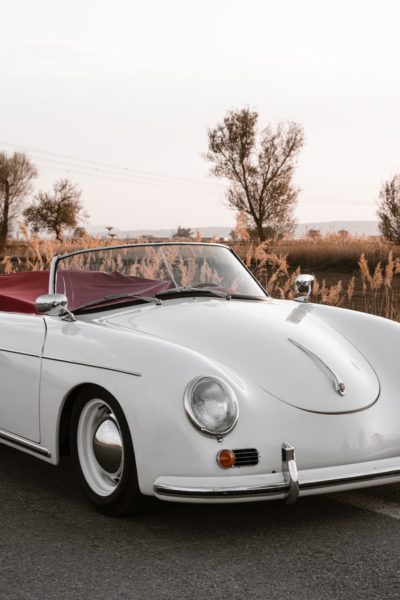
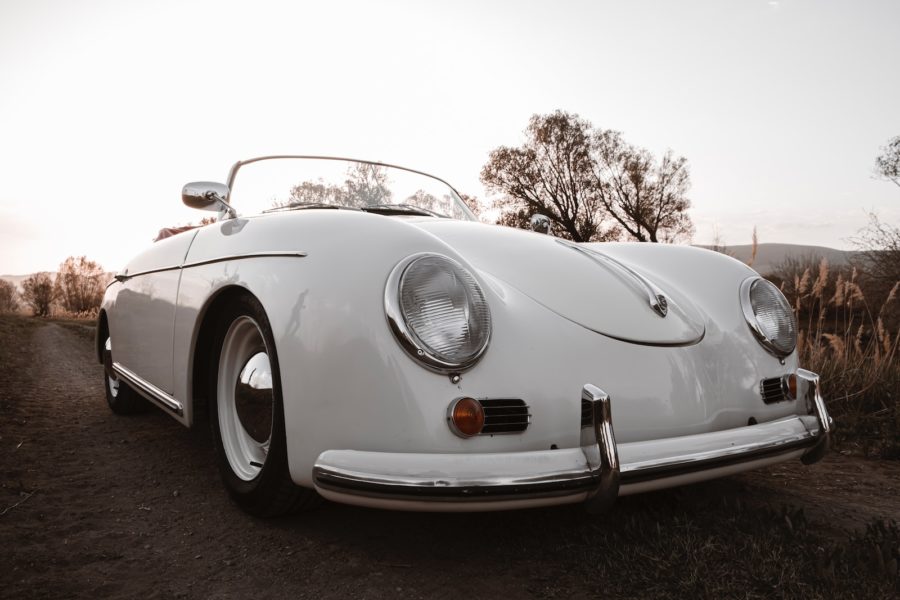
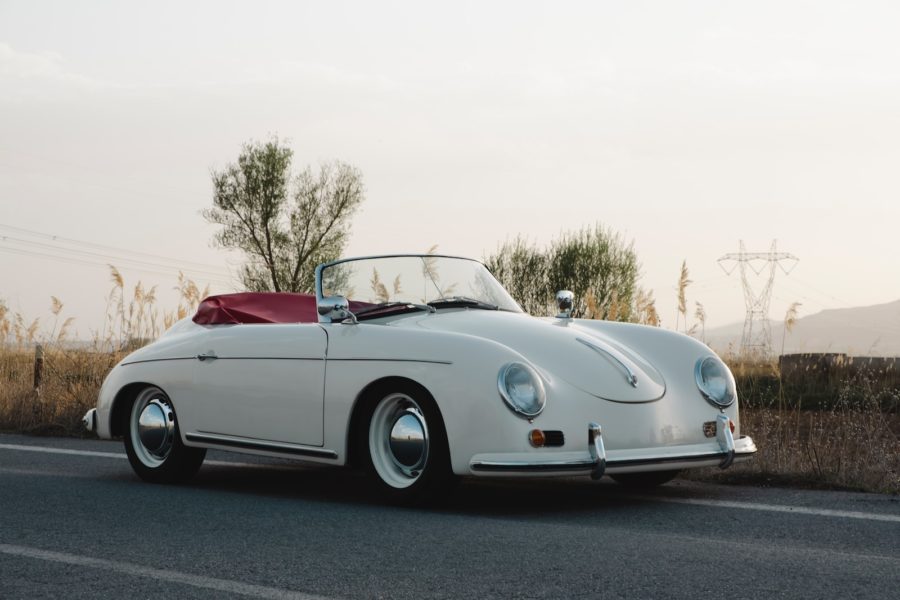
Engineer Ferry Porsche, son of company founder Ferdinand Porsche, was instrumental in the 356’s development. His goal was simple but ambitious: to create a sports car that embodied the spirit of driving enjoyment. The 356 realized this vision and established Porsche’s reputation as a serious, high-quality sports car producer.
Throughout the 1950s, Porsche steadily refined and improved upon the 356. The marque distinguished itself in motorsport, earning impressive victories at prestigious races such as the Le Mans 24 Hours and demonstrating a dedication to performance that would become central to the Porsche ethos.
The introduction of the Porsche 550 Spyder in 1953 represented a significant step forward. It s lightweight, agile, and impressively fast, carving out a formidable reputation on the track, and it made clear Porsche’s intent to create world-class sports cars cl ar. Its accomplishments in major races further increased the company’s reputation. Its successes in major races further boosted the company’s prest ge.
As the 1960s dawned, however, it was clear that a new model would be needed to carry Porsche in o the future. In 1963, this successor arrived: the Porsche 911. Built on the foundations laid by the 356 and 550 Spyder, the 911 represented a significant evolution in design, performance, and technology, and it would go on to define Porsche’s identity for the next 60 years.
1960’s: A higher level of power cars
The early 1960s heralded a seismic shift in the world of sports cars, signalling a new era that fused ingenious design and unprecedented power. This transformative epoch brought forth machines that were not merely modes of transportation but embodiments of speed and elegance, as reflected in the Jaguar E-Type, the Ferrari 250 GTO, and the Shelby Cobra.
The 1961 unveiling of the Jaguar E-Type was a watershed moment. Its 3.8-litre inline-six engine delivered 265 horsepower, making it one of the fastest production cars of its day. It seamlessly blended a striking, aerodynamic design with an advanced mechanical layout that included independent rear suspension and disc brakes, both rarities at the time. This balance of design and performance offered a dramatic contrast to the more modest power outputs and traditional design of the 1950s, creating a template for the modern GT car.
In 1962, Ferrari presented a car that would etch itself into automotive folklore: the 250 GTO. Its design, a masterstroke of Sergio Scaglietti, represented a significant leap forward from the more reserved aesthetics of the previous decade. Its voluptuous lines encapsulating a 3.0-litre V12 engine epitomized the integration of form and function. Boasting a remarkable 300 horsepower, it exceeded its predecessors and almost all contemporaries in raw power.

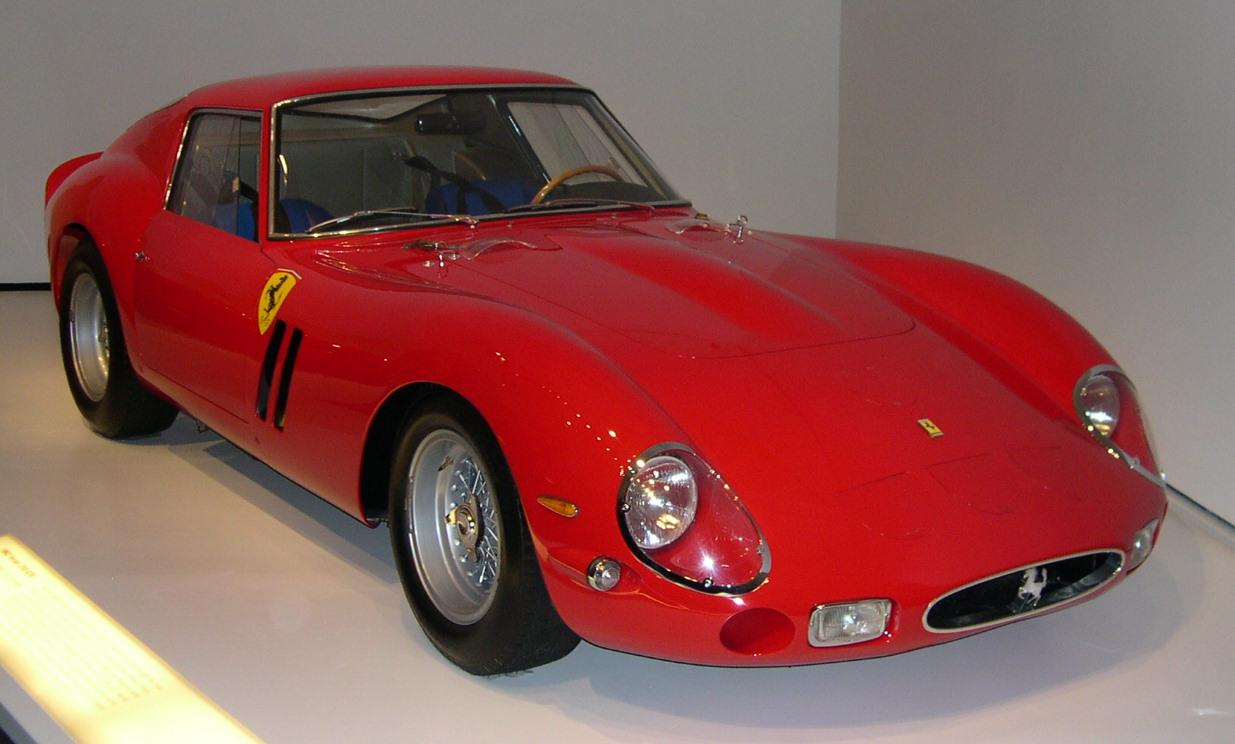
Meanwhile, in America, the Shelby Cobra roared onto the scene in 1962. Carroll Shelby’s brainchild wedded the light and lithe British AC Ace body with a potent Ford V8 engine, which yielded brutal acceleration. Even the “smallest” engine option, a 4.3-litre V8, produced 260 horsepower – figures that would have been nearly unthinkable in a production sports car just a few years earlier.

The early 60s thus represented a revolutionary juncture in sports car evolution. Manufacturers pushed the envelope, striving for a balance of grace and aggression, style and speed. These iconic cars stood as shining examples of this ambition, their increased horsepower and innovative design marking a decisive break from the previous decade and ushering in a golden age of power and performance.
Why Porsche had to build the 911?
While the Porsche 356 had been successful and was a great sports car for its time, there was a demand in the market for a more robust and luxurious sports car. The company wanted to meet this demand and exploit the growing sports car market. Porsche wanted to maintain its distinct design philosophy but also wished to innovate. The company sought to create a car that preserved the brand’s core elements, like the rear-engine layout but offered a more modern and sophisticated driving experience.
The 356 had been in production for over a decade, and although it was still popular, Porsche understood the necessity of progression. The 911 was envisioned as the natural successor to the 356, offering more power, improved handling, and increased comfort.
The decision to create the 911 was also about forging a strong brand identity. The 911 became not just a car but a symbol of Porsche’s commitment to quality, performance, and design excellence.
The 911 Project: what is critical to know about this legendary project?
The Porsche 911, a cornerstone of automotive history, was born out of a visionary project that sought to cement Porsche’s legacy as a leader in sports car manufacturing. This pursuit of excellence found form in the 911, a car that blended performance, functionality, and design elegance into an iconic package.
As the 1960s dawned, Porsche knew the time had come to replace the beloved but ageing 356. The challenge was significant: creating a car that retained the core elements that had made the 356 successful while taking a step forward in power, technology, and comfort. This immense task fell to Ferry Porsche, the son of founder Ferdinand Porsche, along with a highly skilled and passionate team including engineers like Ernst Fuhrmann and designers like Ferdinand Alexander “Butzi” Porsche, Ferry’s eldest son.
The project initially referred to as the Porsche 901, was ambitious. The design brief was for a larger, more powerful, more comfortable sports car that retained the brand’s design DNA. It was to have a 2+2 layout, providing space for two small rear seats. Underneath the sleek new body was a platform featuring independent suspension all around and a flat-six engine – an increase from the 356’s flat-four – placed at the rear, a characteristic trait that persists today.
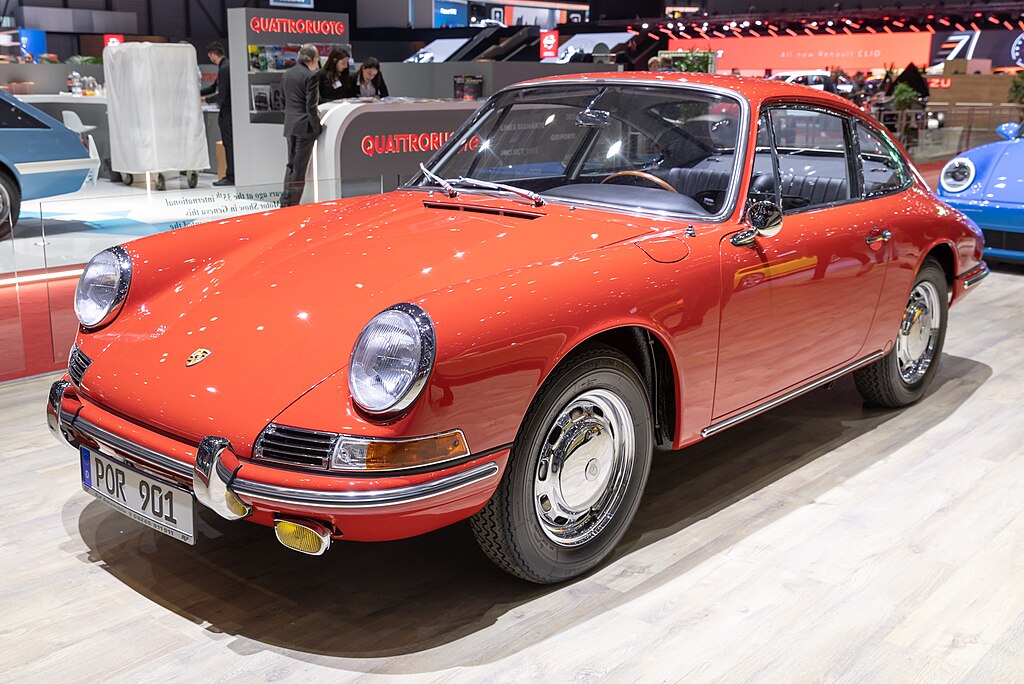
The design journey of the 911 wasn’t without its hurdles. The most prominent of these was the choice of engine. The original design called for a 1.6-litre six-cylinder engine, but Fuhrmann argued for a more powerful 2.0-litre version. The resulting unit delivered 130 horsepower, a significant step from the 356’s 95 horsepower.
The 911’s design marked a step forward, yet remained firmly rooted in Porsche’s ethos. F.A. Porsche is credited with 911’s timeless design, which perfectly balances evolution and revolution. Its sloping roofline, wide wheel arches, and the pronounced ‘frog eye’ headlights combined to create a silhouette that was instantly recognizable and would become one of the most iconic in automotive history.
The car debuted at the Frankfurt Motor Show in 1963. However, a dispute with Peugeot over using zero in the middle of three-digit model numbers led to a name change to the now legendary 911 before the car hit the market in 1964.
With the 911, Porsche broke new ground in design, power, and comfort, setting a template for sports car excellence that countless other manufacturers have sought to emulate over the past six decades. The model’s longevity and success attest to the team’s vision behind its creation and confirm that their ambitious goal – to create a car that combined the raw emotion of driving with practicality and comfort – was undoubtedly achieved. This exceptional journey from concept to creation has ensured the Porsche 911 an indelible place in the annals of automotive history.
Since 1963, A true success story!
The Porsche 911, an enduring icon of the automobile world, has a storied legacy stretching back to its debut in 1963. Over nearly 60 years, the model has undergone numerous evolutions while remaining true to its original essence. Let’s delve into some of the key milestones in its illustrious journey.
1963-1964: Introduced as the Porsche 901 at the Frankfurt Motor Show, it was soon renamed the 911 due to a dispute with Peugeot. With its sleek design, rear-engine layout, and 2.0-litre flat-six engine producing 130 horsepower, the 911 immediately turned heads and established itself as a benchmark in the sports car category.
1966: The Porsche 911’s lineup expanded with the introduction of the 911 Targa. Named after the Targa Florio road race in Italy, it featured a unique semi-convertible body style with a removable roof panel and a fixed roll bar, providing a new open-top driving experience.
1973-1974: The Carrera RS 2.7 was introduced, representing a significant leap in performance. Its distinctive ‘ducktail’ spoiler and larger engine made it a hit with enthusiasts and quickly became a sought-after model.

1989: The launch of the 964 series marked a major technological advancement, with 85% of its parts being new. It featured significant improvements such as a new coil-spring suspension, power steering, ABS, and an optional Tiptronic automatic transmission.
1993-1994: The arrival of the 993 series brought the first major redesign of the 911. Recognized by many as the last of the ‘classic’ 911s, it had a more streamlined look and was the final iteration with air-cooled engines.
1997: The 996 series marked a seismic shift as Porsche transitioned to water-cooled engines. Despite the initial uproar among purists, this move allowed for increased power and efficiency and modernized the 911 for the new millennium.
2004: The launch of the 997 series saw a return to the 911’s design roots. It combined modern performance with a more traditional aesthetic, featuring round headlights reminiscent of the earlier models.
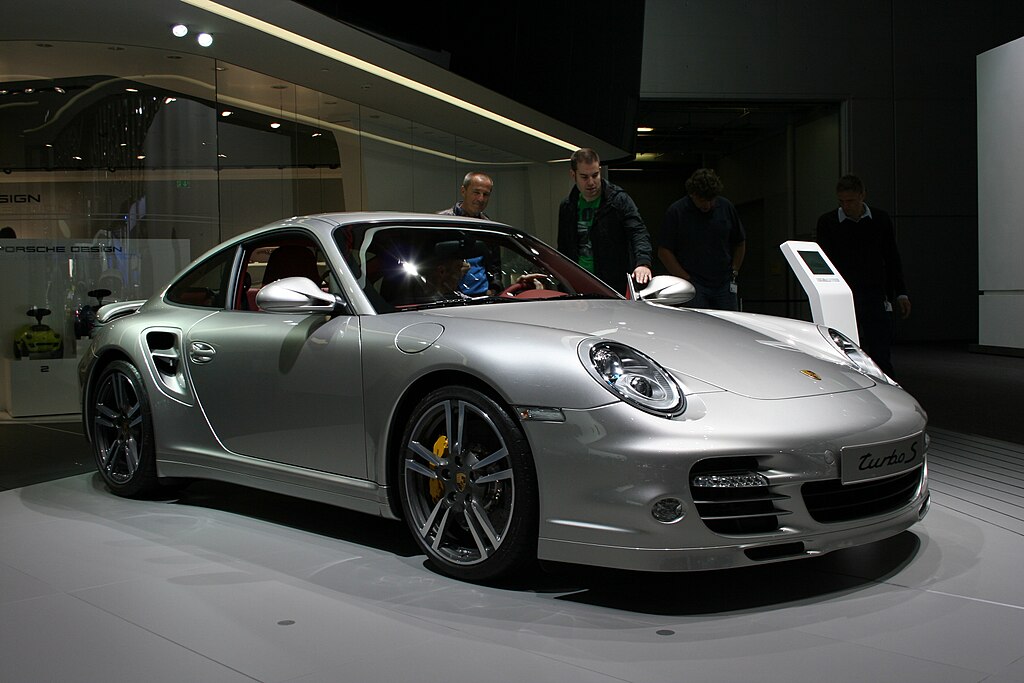
2011: The 991 series was introduced with a longer wheelbase, a more aerodynamic design, and advanced technologies such as a 7-speed manual transmission. This generation also saw the introduction of the GT3 RS 4.0, which many consider one of the best naturally aspirated sports cars ever made.
2019: The current 992 series is the most advanced 911, boasting new digital technologies, a refined design, and improved performance while maintaining the distinctive 911 silhouette and rear-engine layout.

The Porsche 911 has maintained its iconic status through each generation by expertly balancing innovation with tradition, performance with practicality, and everyday usability with thrilling driving dynamics. As we look back on its evolution, the 911 stands as a testament to Porsche’s commitment to excellence and the enduring appeal of its design philosophy.
In conclusion,
As we cross the milestone of the 60th anniversary of the Porsche 911, we reflect on this extraordinary machine’s journey with awe and admiration. Born from an ambition to push the boundaries of design and performance, the 911 is more than a car; it’s a testament to Porsche’s relentless pursuit of perfection. With each generation, the 911 has evolved, constantly advancing while staying true to its original ethos, achieving a rare balance that has solidified its status as an automotive legend.
From the moment its wheels first kissed the asphalt, the 911 has captured hearts and minds. Its iconic silhouette, thrilling performance, and throaty melody of its flat-six engine are symbols of a legacy steeped in passion and innovation. The 911 doesn’t just embody the spirit of Porsche; it has helped shape the face of the entire sports car industry.
To encapsulate the essence of the Porsche 911 is to understand a fundamental truth about automobiles: they are more than mere machines. They are dreams realized, the physical manifestation of vision and passion. And as we navigate the roads of the future, the 911 remains our steadfast companion, proving that while models may age, legends endure. In the grand theatre of the automobile industry, the Porsche 911 doesn’t just command a leading role – it has written the script.
José Amorim
Information sourced by the author for luxuryactivist.com. All content is copyrighted with no reproduction rights available. Images are for illustration purposes only.
